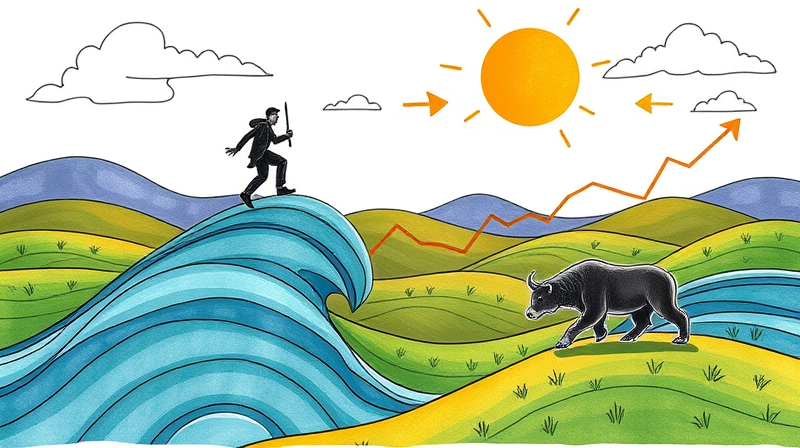
Understanding the rhythmic ebb and flow of markets can transform the way you invest, helping you to capture gains and avoid costly mistakes. By recognizing where we stand in a cycle, investors can align their actions with prevailing trends and sentiment, rather than reacting emotionally.
Markets never move in a straight line; they progress through four main phases driven by shifting supply, demand, and investor psychology. These stages—accumulation, mark-up, distribution, and mark-down—manifest across individual stocks, entire sectors, or the broader economy, often lasting between six to twelve months before repeating.
During each phase, distinct behaviors and indicators emerge, offering clues that guide strategic buy and sell decisions.
Below is a concise overview of each stage, highlighting their key characteristics:
Identifying cycle phases relies on both technical signals and sentiment gauges. No single metric offers certainty, so combining tools provides stronger confirmation.
Behavioral metrics—such as volatility spikes, news sentiment swings, and put/call ratios—add context to these technical signals, revealing when fear or greed is driving prices.
Investor psychology often amplifies market moves. During mark-down phases, panic selling can lock in losses, while in distribution, latecomers fueled by fear of missing out risk buying at tops.
Recognizing these emotional extremes helps to stay disciplined. Instead of chasing performance, aim to buy when others are fearful and consider taking profits when enthusiasm peaks.
Aligning actions with cycle stages can enhance returns and reduce risk. Here’s how investors typically navigate each phase:
Combine these tactics with position sizing rules—never risk more than a small percentage of your capital on any single trade—and use stop-loss orders to protect against unexpected downturns.
Adapting your portfolio mix to cycle phases is essential. Growth-oriented strategies thrive in mark-up stages, while defensive moves preserve capital in downtrends.
Consistent risk controls ensure that no single drawdown derails your long-term plan.
Imagine you add a cycle-phase indicator to your trading chart. In late accumulation, you buy a small position when price breaks above a moving average with rising volume. You add more at each confirmed higher low.
As the mark-up gains momentum, you hold, adjusting stops to breakeven. When distribution signals appear—volume drying up and bearish divergences on RSI—you sell part of your stake and tighten stops on the remainder.
During the mark-down, you step aside or shift into defensive sectors, preserving capital until clear signs of the next accumulation phase arrive.
Mastering market cycles requires patience, discipline, and a balanced toolkit of indicators, behavioral insights, and risk management. By acting in alignment with cycle phases—buying when prices stabilize, holding through uptrends, and taking profits as peaks approach—you can navigate volatility and build lasting wealth.
Stay informed, maintain emotional control, and let the natural rhythm of markets guide your decisions.
References













